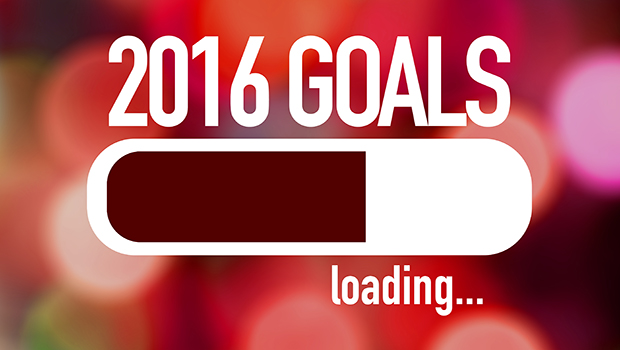Why a Ketogenic Diet Means Your Liver Will Produce More Glucose
Keto diets are popular and simplistic explanations of your insulin needs are common; understand the complex balancing done by your pancreas and liver

Burning fat is great but your brain still needs glucose
If you spend enough time listening to paleo and ketogenic-themed podcasts, you’ll often hear non-diabetics talking about producing little to no insulin because they’re eating so low-carb that they are running completely on ketones.
The truth is…this isn’t true.
Your body is burning body fat for fuel instead of glucose in your bloodstream because of your extremely low carbohydrate intake. And the result is ketones.
This doesn’t mean, however, that:
- You aren’t producing or needing insulin or
- Your body is running entirely off ketones
Your brain relies on the second-by-second delivery of glucose in order to function. Your brain cannot function without glucose.
When a person with diabetes experiences severe low blood sugar, one of the first things that start to go is your brain function! And eventually, you can experience a seizure.
“A seizure is a sudden, uncontrolled electrical disturbance in the brain,” explains the Mayo Clinic.
While there are many things that can cause seizures in the human brain, low blood sugar causes a seizure because the brain needs glucose. Even if a person with type 1 diabetes on a strict ketogenic diet has a severe low blood sugar, their brain is going to seize.
Nutritional ketosis cannot replace the brain’s need for sugar.
How your brain gets glucose on your ketogenic diet?
If your brain needs a second-by-second delivery of glucose, it has to come from somewhere because you don’t eat food constantly, all day long.
Your liver provides your body with glucose when you aren’t getting it from food.
When you do eat, your liver stores some of the glucose produced from your food as glycogen. Glycogen is essentially stored glucose. Glycogen can be stored in your liver, and in your muscles.
When your blood glucose is low, your pancreas produces small amounts of a hormone called glucagon.
This hormone tells your liver to release glycogen which is then converted back into glucose in your bloodstream, giving your body the fuel your brain (and other parts of your body) need in order to function.
When you eat a strict ketogenic diet, consuming fewer than 20 grams of carbohydrates per day, your pancreas is going to secrete a lot more glucagon than usual. This means your liver is going to release a lot more glycogen and convert it into sugar.
Insulin needs vary
While some people with type 1 diabetes see their insulin needs drop during ketogenic diets, many see their insulin needs rise.
Part of this is because of the extremely high dietary fat intake, which blunts your sensitivity to insulin, but that’s only half the story.
The other half is that during ketogenic diets, your liver is going to produce more glucose because your body — and especially your brain — still need glucose in order to function!
Period.
Your pancreas also produces larger amounts of glucagon during situations like this:
- You skip breakfast and your body still needs fuel! Your liver can provide your brain and muscles with the glucose it needs to function even when you don’t start eating until 1 p.m.
- You produce adrenaline during an exciting moment, a car crash, a fight-or-flight situation. To help your body endure that stressful moment, your pancreas releases glycogen to convert into glucose to give you extra fuel.
- Your blood sugar drops severely. Blood sugars below 50 mg/dL can easily trigger a glucagon response, a big release of glycogen from your liver, and a large spike in your blood sugar to help your body recover from hypoglycemia.





